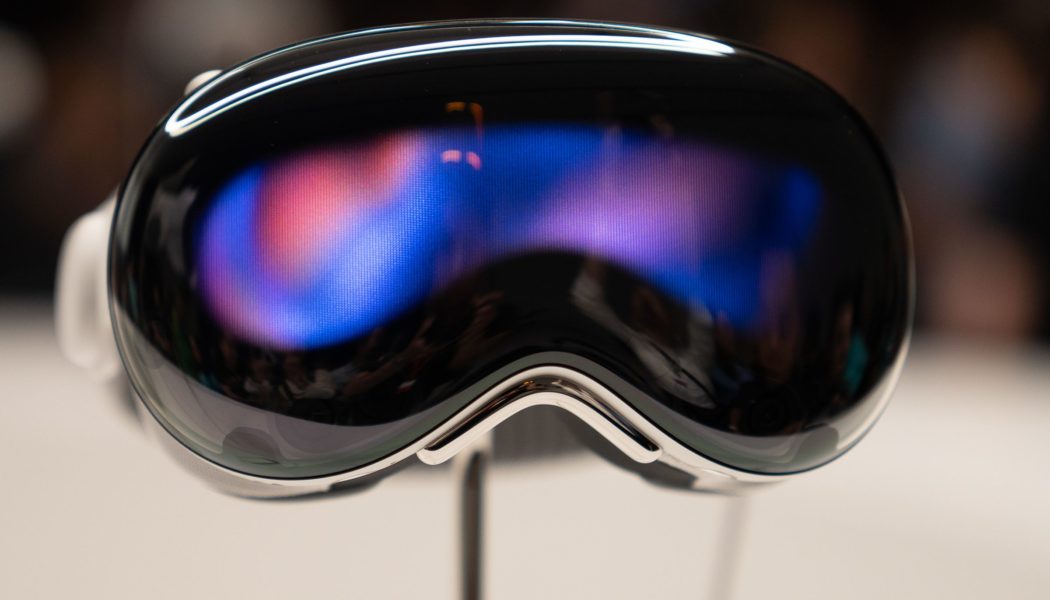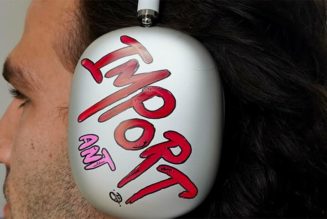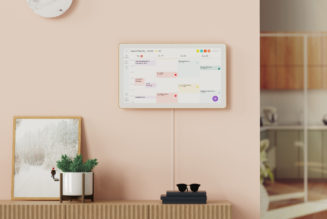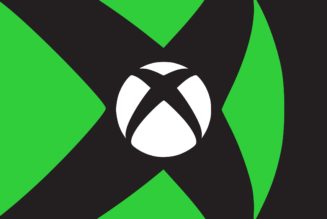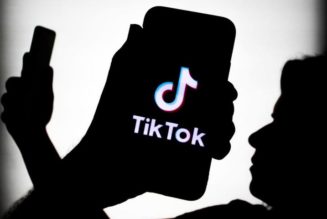The Vision Pro wasn’t at CES, but it had a huge presence anyway.
Share this story
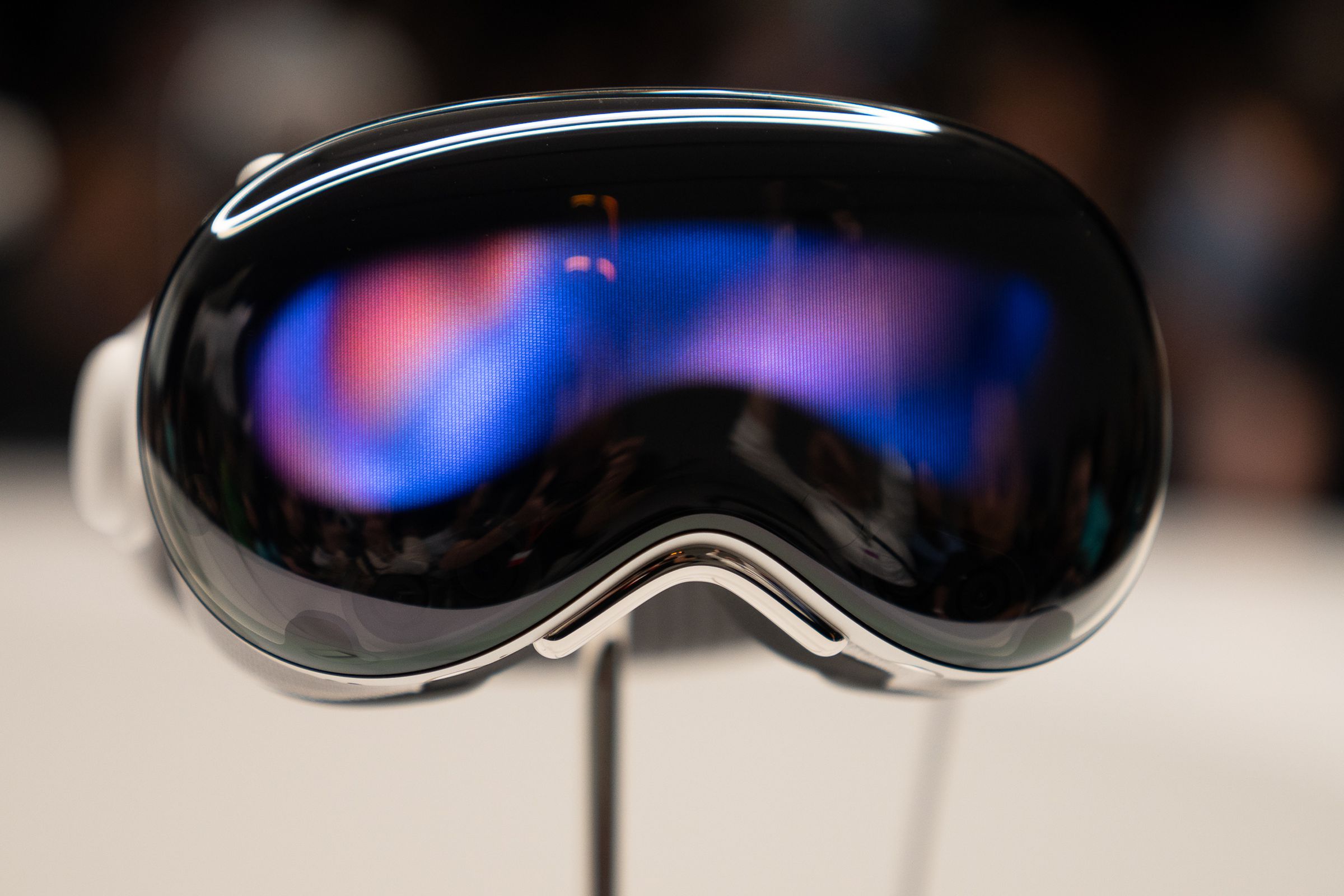
Apple isn’t at CES, but it had a huge presence anyway. On Monday, just before a string of CES keynotes were set to kick off, the company announced that its Vision Pro headset would be launching on February 2nd. Apple had already promised that the headset would launch early this year. So the stage was set for its rivals to compete by making CES 2024 a showcase of new ideas about virtual and augmented reality.
Ultimately, that didn’t pan out. Lots of companies showed up with AR and VR tech. A lot of the headsets offered similar functionality to the Vision Pro, like an AR / VR monitor for your computer or a substitute TV. But none were as impressive a package as Apple’s headset, nor were most arriving nearly as soon.

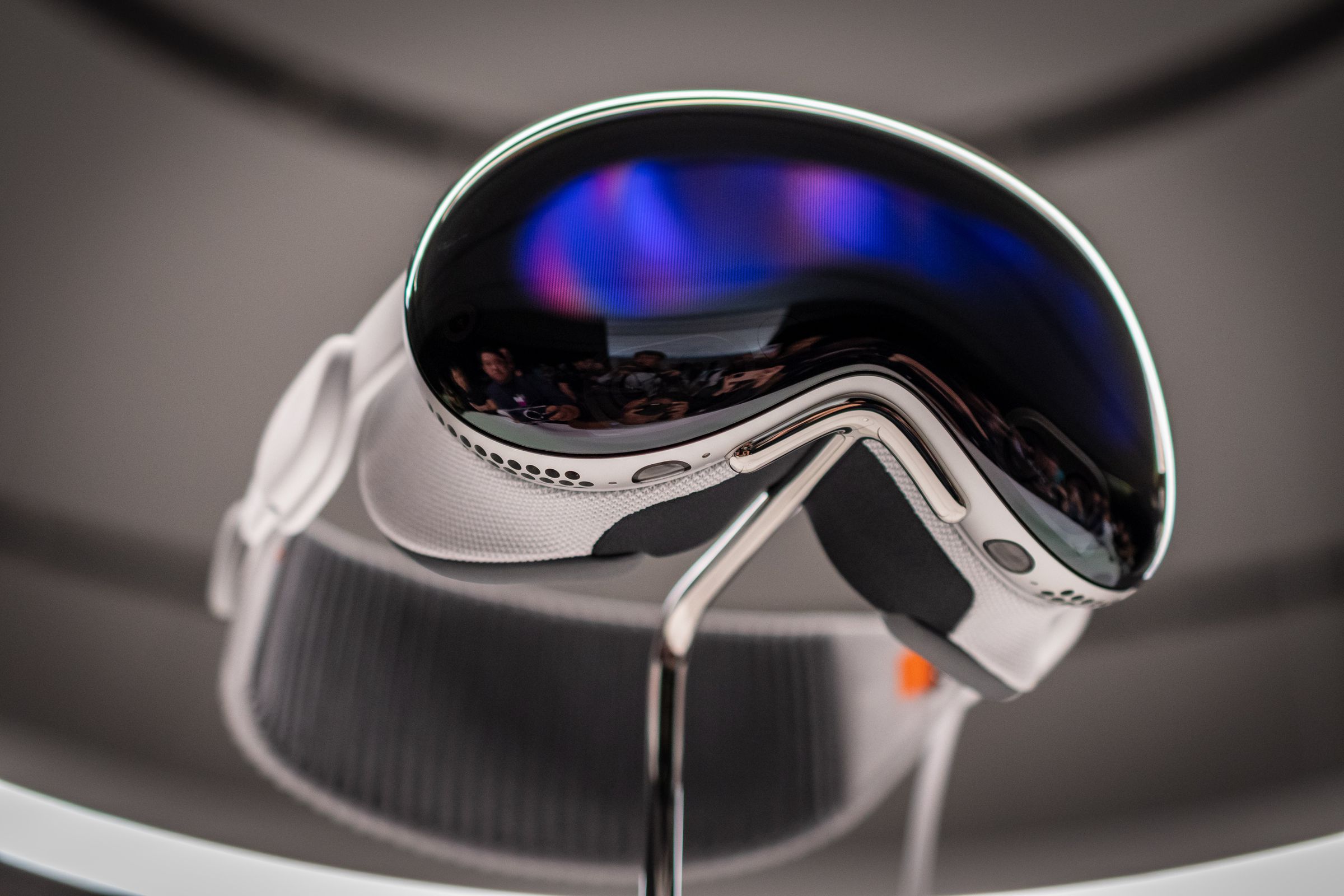
That’s not to say what was shown at CES wasn’t interesting:
- Xreal revealed the $699 Air 2 Ultra glasses, which let you run augmented reality apps in addition to being able to use the glasses as a screen for a computer or mobile device.
- TCL announced an updated and lighter version of its RayNeo X2 AR glasses, though they aren’t set to launch until Q3.
- Asus showed off its AirVision M1 glasses, but didn’t say how much they’d cost.
- Sony, which just released a good VR headset last year, announced a “spatial” VR headset that’s designed to help creators make 3D content.
- Netflix released clips hyping up 3 Body Problem, a show that prominently features a VR headset.
- Heck, Samsung even showed off a monitor that lets you play VR games.
Qualcomm made some noise on the VR chip front at CES, too. Its new Snapdragon XR2 Plus Gen 2 chipset for mixed reality devices is inside Sony’s new device and is expected to power Samsung and Google’s rumored headset, though that headset didn’t appear at CES and is rumored to launch late this year. Xreal and Qualcomm announced that they’d be partnering up. And Qualcomm worked with Goertek on a reference design with 4K resolution per eye.
So it’s possible Vision Pro-style competitors could be in the works, but they’re clearly not here today. And Apple, at least right now, is operating in its own lane. It appears to excel at creating very good passthrough AR / VR hardware, and it’s hoping that developers will use that and its software development tools to create great apps. (Whether or not that makes “spatial computing” happen remains to be seen.) It also has a fully featured product that is shipping in just a few weeks, even if there may not be many Vision Pros available at the start.
That said, Apple is betting on the extreme high end with the Vision Pro. The device has dual 4K displays on the inside, an external display just for social cues, Apple’s M2 chip, and a bunch of cameras and sensors for tracking the wearer and the world around them, all packed into a sleek-looking headset. It comes with a big price to match: the Vision Pro costs $3,499, and since Apple says that’s a “starting” price, I suspect there will be more expensive versions you can buy with things like more storage.
It’s not clear why the other companies at CES didn’t try for something that competed more directly with Apple, but I can think of a few possible reasons. There’s the obvious one that everyone just wanted to avoid the Apple-sized gorilla — why vie for the top of the market when you can experiment with more novel or more futuristic ideas at a fraction of the cost and pain? And I’d bet some of the companies involved simply couldn’t devote the sheer amount of time and money to high-end hardware that Apple does.
It’s also possible that the tech industry has watched other attempts at similarly big swings and decided the effort isn’t worth it. Meta, for example, launched the Quest Pro at $1,499 in 2022 but gave it a major price cut just a few months after launch. (The recently launched Quest 3 is quite good, but it’s not as top-of-the-line as the Vision Pro.) The future of the Quest Pro line is murky; Alex Heath reported last year in Command Line that Meta had decided to “can a planned second generation of the recent Quest Pro headset,” but a report a few months later indicated the company might be teaming up with LG for a new version. Meanwhile, Microsoft reportedly canceled an in-development HoloLens 3 and recently discontinued its Windows Mixed Reality platform.
Apple has its work cut out for it. The Vision Pro is expensive. It still looks weird when it’s strapped to someone’s face, despite Apple’s attempts to make it seem cool. And it’s not clear if the Vision Pro will, in the long run, offer anything meaningfully different from other headsets (or computers) to make it worth the exorbitant price. Yet for now, Apple has the lane it picked with the Vision Pro largely to itself — win or lose.
